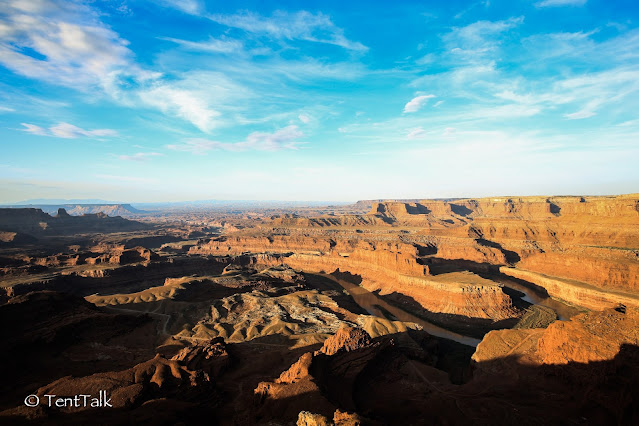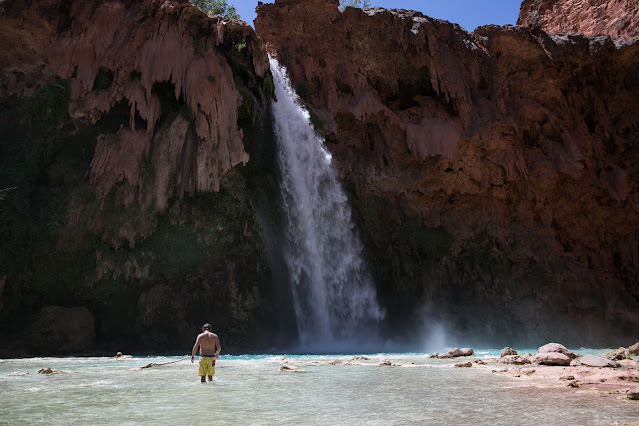Jumbo Rocks - Joshua Tree National Park
Check out our “Vlog” video from Jumbo Rocks. Special Thanks to The Perks , a small band out of Southern California, for the soundtrack, as well as Lowepro, who generously sent us their new Rover Pro 45L AW camera bag to use! Jumbo Rocks is aptly named, and is the biggest campground in Joshua Tree National Park . If you’re looking for a campground full of great sites, easy access to trails, and big huge boulders to climb when you step out of your tent, this is the place to be. Spot Jumbo Rocks? It may be a little difficult – Joshua Tree encompasses almost 800,000 acres, or over 1200 square miles. However, navigating the park is relatively easy. Most will enter from the north, at either the town of Joshua Tree or Twentynine Palms. For those traveling from Arizona or other areas of southeastern California, the best entrance is from the south, off I-10 near Chiraco Summit. Arizonians – don’t exit the 10 at Desert Center, unless you’d like a long, boring detour around the park to the Tw


